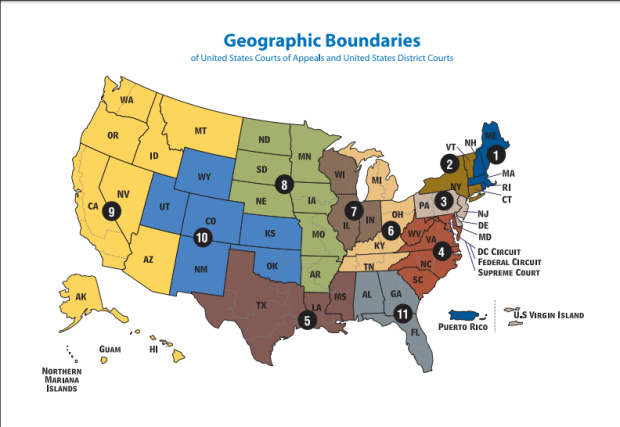The most recent count I saw said 150 US City mayors publicly stated that they would go against President Trump’s decision to leave the Paris Agreement. They vowed to continue with the emission reducing policies they planned to implement to meet US goals of the accord. Some in the group even suggested that they believed they could surpass the goal if all the city mayors were willing to make the necessary cuts.
The #ClimateMayors are allegedly in the process of a proposal to the UN which will confirm their commitment to the accord. But the main question is: Can they really do that?
Can the Mayors Really Sign the Accord?
The short answer is no. There is no policy in place for individual municipalities to participate in United Nations resolutions or world treaties. To be a party to a treaty you have to represent a sovereign state. The cities listed answer to their state governments, which answer to the federal government, so they aren’t sovereign parties.
What do You Mean, “Sovereign?”
A sovereign state is one where a centralized government has complete control over a distinct amount of area with a population inside. The central government can be democratic, a monarchy etc, as long as it possesses “absolute” power over the land and population. This means “North America” cannot be represented as an entity in a treaty, but Canada can. North America does not have an absolute ruling central government, but Canada does.
Will The UN Make an Exception/ Change the Rule?
No. Let me explain this a little.
Again, the issue of sovereignty comes into play. The UN is a weird entity that acts more as a platform for productive discussion, rather than a legislator and enforcer of international laws. This is a major critique of the UN, but the reason it’s like that is because individual nations are worried about the UN imposing on their sovereignty. If the UN started making and actively enforcing international laws, member states would have to answer to a larger governmental body. The fear is that domestic law would be effected by decisions people around the world were making in their own countries.
If the mayors were allowed to sign the Paris Agreement on their own, they would essentially be circumventing the US Federal Government and participating in an international treaty that only involves sovereign states. This would be viewed as a direct imposition on US sovereignty.
So What Can They do?
Without signing, they can pursue the same goals off of records they were given after President Obama signed the Agreement. They can publicly publish reports that show how much emissions were reduced by, and explain how they did it. This would be helpful for the American people, as well as foreign diplomats looking to track global progress.
But being able to sign would be better, because they would be able to participate in the conferences and meetings associated with the Agreement. There seems to be one option still available.
Non Governmental Consultative Status
Non-Governmental status in the UN is open to organizations that interesting in consulting or aiding the United Nations in any of its missions, given that they are relevant, have an established office, executive officer, and representatives willing to meet at the UN. These NGOs are allowed to sit in on meetings and give feedback on policies. While the mayors wouldn’t be able to vote or sign anything, they might be able to become a consultative party to the agreement.
So far, the mayors have made themselves a group, established an agenda, and seem to be on their way to creating a structure of leadership. It is unclear to me whether or not it is legal for these mayors to create an NGO out of their commitment, but creating an organization might be a loophole in the sovereignty issue. The organization would be independent, and mayors would willingly implement the agendas. The mayors would contribute their reports to the organization, and the organization itself would be party to the Agreement.
Work Cited
Click to access dcfbelgium-dc-on-climate-financing.pdf



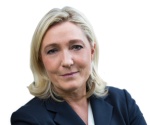 Marine Le Pen
Marine Le Pen Emmanuel Macron
Emmanuel Macron

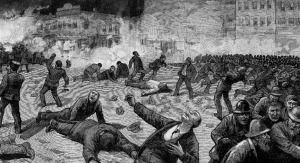


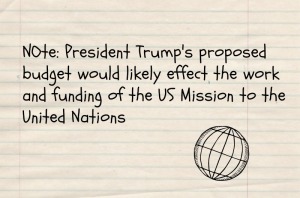 positions in the United States’ Mission to the United Nations, and has cut overtime completely. She claims that working longer hours and with more people does not equal success, rather working more efficiently with the group already on staff can accomplish the same goals. *Note: President Trump’s proposed budget would cut the amount of spending to the ambassador’s office* She suggested that this scenario can be applied to the United Nations as a whole. If the US were to cut spending on the UN, it is only to ensure that the money being spent is being spent wisely. According to the Ambassador, when there is a surplus we tend to get “reckless.”
positions in the United States’ Mission to the United Nations, and has cut overtime completely. She claims that working longer hours and with more people does not equal success, rather working more efficiently with the group already on staff can accomplish the same goals. *Note: President Trump’s proposed budget would cut the amount of spending to the ambassador’s office* She suggested that this scenario can be applied to the United Nations as a whole. If the US were to cut spending on the UN, it is only to ensure that the money being spent is being spent wisely. According to the Ambassador, when there is a surplus we tend to get “reckless.”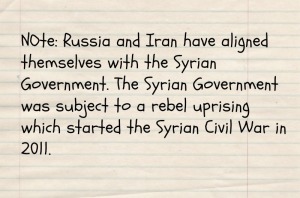 ut right condemn Russia, or utilize any strong language, she stressed that Russia choosing to ally with Assad was a mistake. She also expressed grievances with Iran being present.
ut right condemn Russia, or utilize any strong language, she stressed that Russia choosing to ally with Assad was a mistake. She also expressed grievances with Iran being present.

